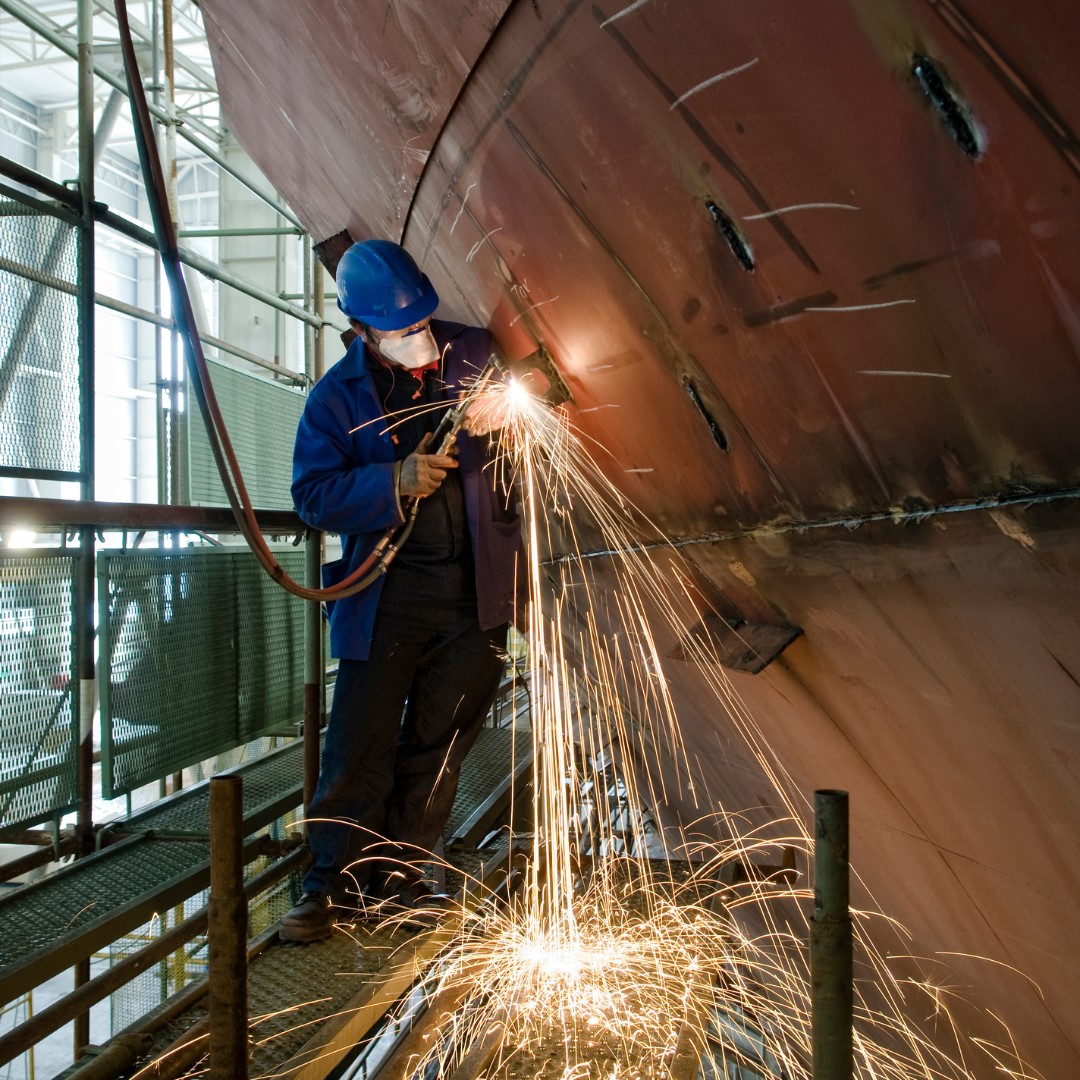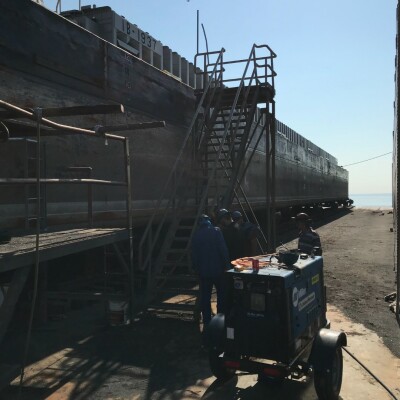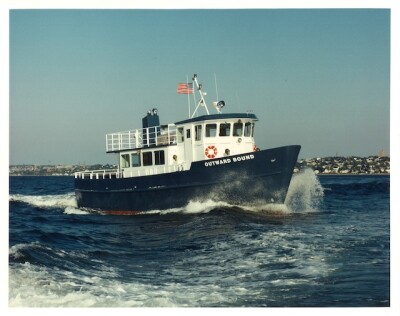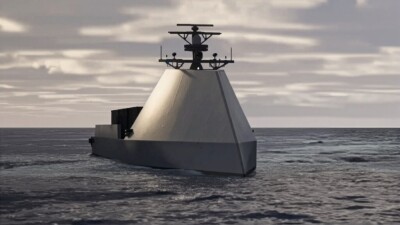Targeted training and smart housekeeping are key to preventing shipyard falls
The American Equity Underwriters, Inc.

Falls from elevations are among the most frequent causes of injuries at shipyards and other maritime facilities — and they are among the most costly claims.
While all slips, trips, and falls in maritime settings can be dangerous, falls from heights are more likely to lead to death or serious injuries that require significant medical care and time away from work.
● Falls from Platforms: Falls like the one Collins described above can happen in shipyards where workers are on ropes, scaffolding, or other elevated surfaces.
● Falls from Ladders: He also noted that ladders are a frequent site of elevated falls. “It’s usually when the ladder just isn’t tall enough, so they stand at the very top and strain or lean to do their work instead of getting the right ladder,” Collins said.
● Falls into Open Holes: Collins recalled investigating an incident where a worker was installing a guard over an open manhole. The worker turned to reach for the guard, and he stepped backward right into the uncovered hole. “He fell into the very hole he was trying to safeguard,” Collins said.
● Falls in Motion: Workers may on occasion fall from vehicles like cargo trucks and forklifts that are elevated, which can result in significant injuries even at slow speeds.
Most falls from elevation are completely avoidable and can be traced back to poor housekeeping or lack of quality training, Collins said.
 “A lot of times, that falls on management and leadership,” Collins said.
“A lot of times, that falls on management and leadership,” Collins said.
“Having employees who are engaged in safety makes all the difference,” Collins said. “What I encourage supervisors to say to their people is, ‘Here’s what I need you to accomplish today. Let’s talk about how you’re going to do it without getting hurt.’”






